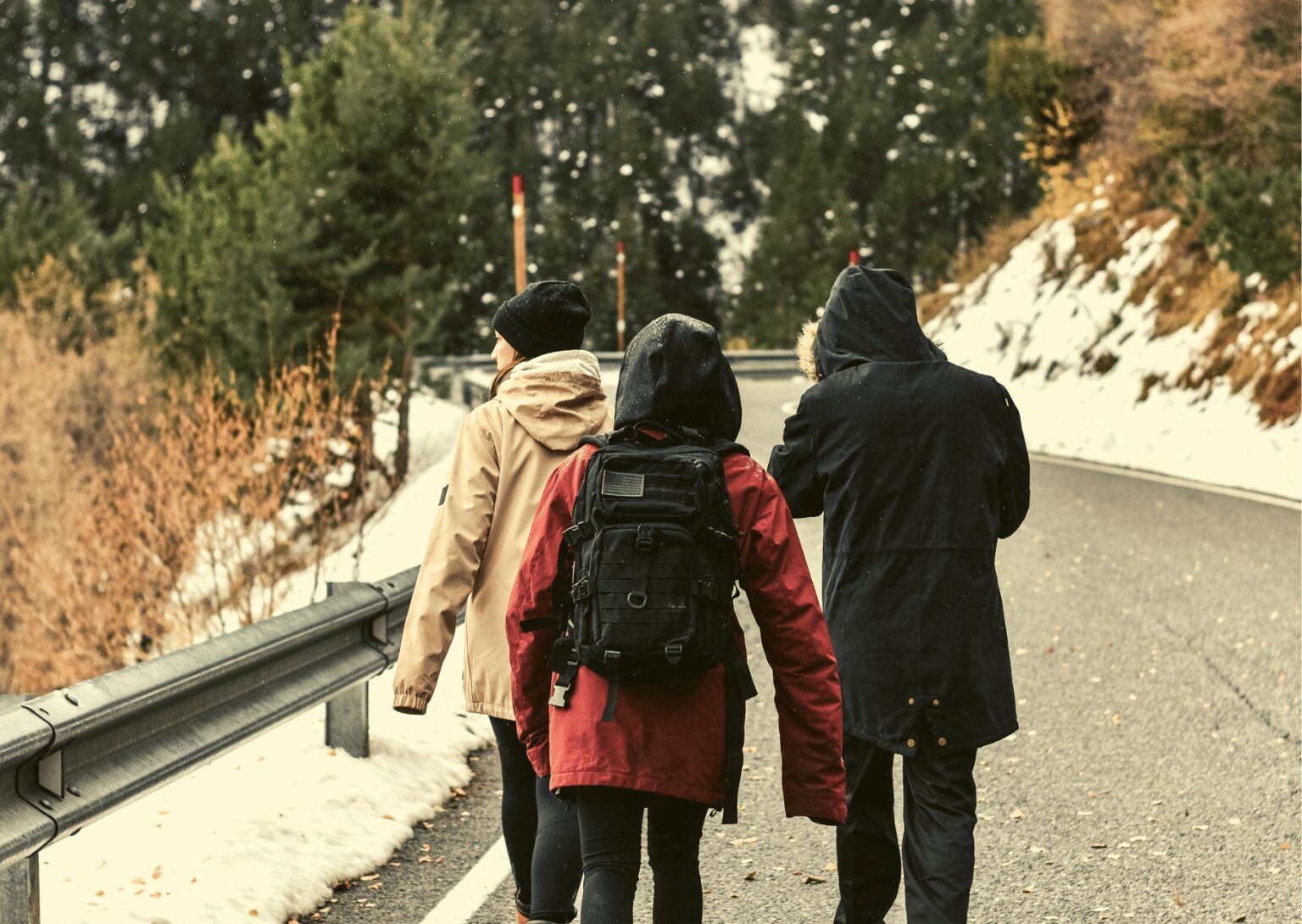Winter skin conditions refer to skin problems that are triggered by a sudden drop in temperature. Cold urticaria, chilblains, Raynaud’s phenomenon, and eczema are some of the common skin problems that occur in winter.
Table of Contents
Skin is primarily the protective layer of our body. It is a physical barrier that shields our body from external environments, thus keeping the skin healthy and well goes far beyond appearance.
Healthy skin can also help in preventing allergies and infections, while skin conditions that are not properly treated can result in life-threatening diseases.
Due to the sudden drop in humidity and temperature, irritated skin can often develop dermatological conditions, like – Cold urticaria, Chilblains, Raynaud’s Phenomenon, and Eczema.

Winter Skin Conditions: Eczema
Eczema, also known as dermatitis, is an inflammatory skin disease. Symptoms include dry, itchy, scaly skin and cracks. These conditions can be caused by environmental or food allergens, soaps or detergents, skin infections, and even hormonal changes. There are different types of eczema that share similar symptoms.
Winter itching, also known as Asteatotic eczema, is caused by dry, cold weather and is more common in older people. Winter itch symptoms include dry, scaly, itchy, red skin, also known as xerosis.
If the condition continues, xerosis may develop into cracks [red patterned lines]. Winter itch can affect basically any part of your body, from your feet to your ears. Bad weather plays a big role in triggering Asteatotic eczema, but there are other causes as well. Aside from environmental changes, nutritional deficiencies, underlying skin conditions, and drug reactions can also trigger this type of eczema.
Irritated, itchy skin can lead to scratching, and the skin is so dry that it creates wounds that can lead to infections if not treated properly. Proper treatment of the skin condition is important.
Usually, a moisturizer with a high oil ratio is recommended to prevent dryness. Ingredients such as natural oils, essential oils, shea butter, cocoa butter, emollients, and petroleum jelly help keep skin hydrated. Hyaluronic acid and niacinamide are also recommended to add a shot of moisture and protect the skin barrier.
Another measure is to take cold showers and shower less often. Long hot baths can dry out and irritate your skin. Use mild body soaps and washes and invest in a humidifier in your room.
Changing the diet to include zinc and fatty acids can also help undernourished people. It is always advisable to see a doctor if the condition continues to worsen. Dermatologists may prescribe topical steroids and lipids as a countermeasure.
Winter Skin Conditions: Chilblains
Chilblains or Chill-blaynes also known as perniosis is caused by damp chilly air. The symptoms include blistering on hands and feet, swollen inflamed patches, changing skin colors, and pain or stinging. This condition usually lasts for two to three weeks.
With countermeasures like covering winter-exposed skin, dressing warmly, and limiting time outside in chilly weather. With warmer weather, chilblains usually go away. But if the condition remains, it is recommended to see a certified dermatologist as the blisters may grow into ulcers if left untreated.
Another thing to note here is pseudo chilblains or swollen ‘covid toes’ are not weather specific and are caused by COVID-19.

Winter Skin Conditions: Cold Urticaria
Cold urticaria is a condition that affects the body minutes after being exposed to bleak temperatures. The symptoms range from temporary itchy hives, swollen lips, hands or feet, tongue, and throat to anaphylaxis (whole-body response) – in which case a racing heart and fainting cause the severe response.
Dressing warmly and in layers with warm coats, gloves, socks, and boots can help protect the skin from freezing weather. If it keeps worsening, seeing a doctor is recommended. Those with this condition should not swim in cold weather as fainting can occur heightening the risk of drowning.
Winter Skin Conditions: Raynaud’s Phenomenon
The actual cause of Raynaud’s phenomenon is unknown, but exposure to cold is known to trigger it. In this case, spasms in blood vessels occur that lessen the blood flow in several parts of the body – nose, ears, toes, knees, and nipples. Severe stress can also trigger Raynaud’s phenomenon.
It is advised to avoid exposure to freezing cold weather. Dress in layers and avoid dehydrating intakes like coffee and tobacco.
Apart from that, winter also causes psoriasis, an autoimmune disease, and cold panniculitis (painful, swollen, red, large nodules on the skin).
These winter skin conditions often heal on their own over time, but if the condition worsens, it’s a good idea to take steps and see a licensed dermatologist.














